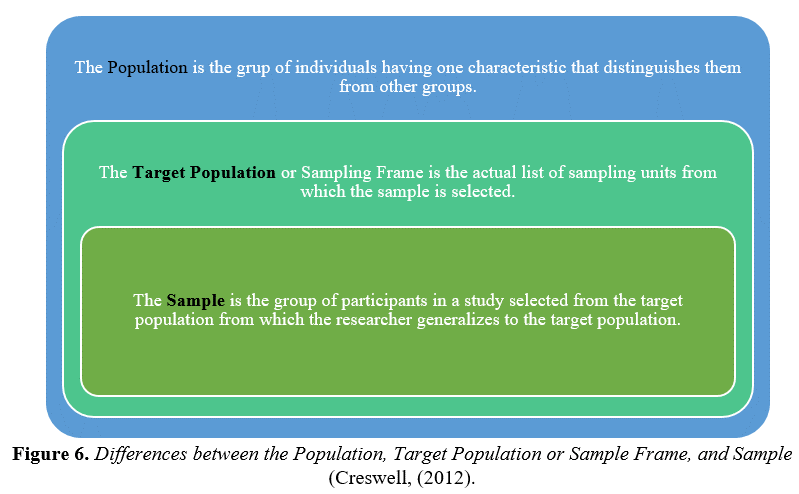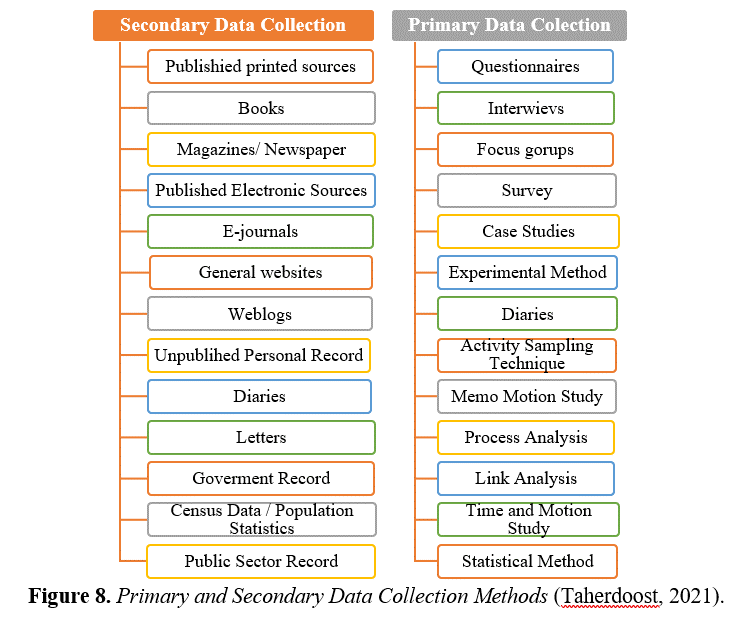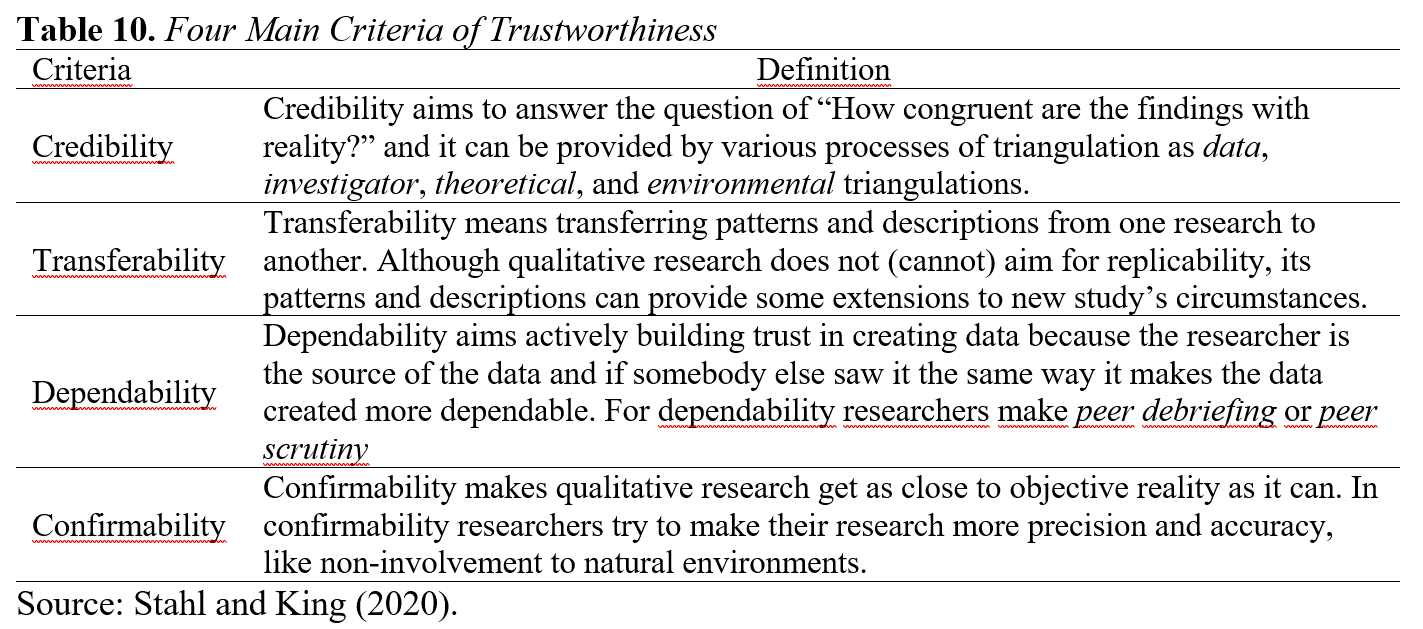Selecting the appropriate research method is essential to address the study's purpose and research questions. Research design is a plan to answer your research question. A research method is a strategy used to implement that plan. Research design and methods are different but closely related, because good research design ensures that the data you obtain will help you answer your research question more effectively.
Qualitative research is a means for exploring and understanding the meaning individuals or groups ascribe to a social or human problem. The process of research involves emerging questions and procedures, data typically collected in the participant’s setting, data analysis inductively building from particulars to general themes, and the researcher making interpretations of the meaning of the data. The final written report has a flexible structure. Those who engage in this form of inquiry support a way of looking at research that honors an inductive style, a focus on individual meaning, and the importance of rendering the complexity of a situation. Figure 4 adapted from Creswell (2007), shows the main qualitative research designs.
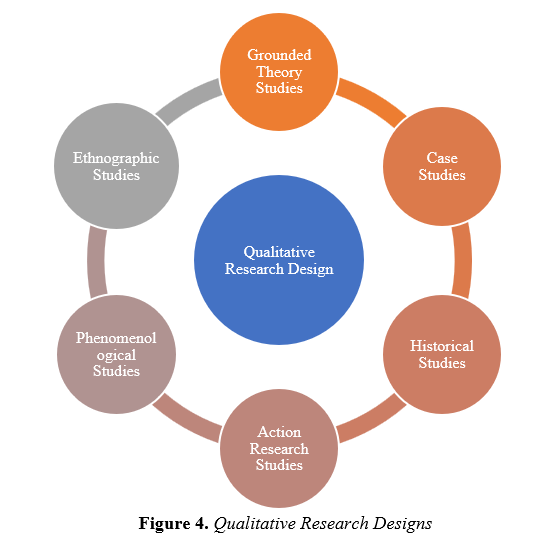
Figure 4 is adapted from Creswell's (2007) work and shows basic qualitative research designs. Qualitative research is a tool for exploring and understanding the meaning individuals or groups give to a social or human problem. The research process involves emerging questions and procedures, data are generally collected in the participant's environment, data analysis takes place deductively from the general to the specific, and the researcher interprets the meaning of the data. The final written report has a flexible structure. Participants in this type of inquiry endorse a reductionist style of inquiry, a focus on individual meaning, and a perspective that affirms the importance of reflecting the complexity of a situation.
Quantitative research is a means for testing objective theories by examining the relationship among variables. These variables, in turn, can be measured, typically on instruments, so that numbered data can be analyzed using statistical procedures. The final written report has a set structure consisting of introduction, literature and theory, methods, results, and discussion (Creswell, 2008). Like qualitative researchers, those who engage in this form of inquiry have assumptions about testing theories deductively, building in protections against bias, controlling for alternative explanations, and being able to generalize and replicate the findings. Figure 5 shows the types of the quantitative research methods.
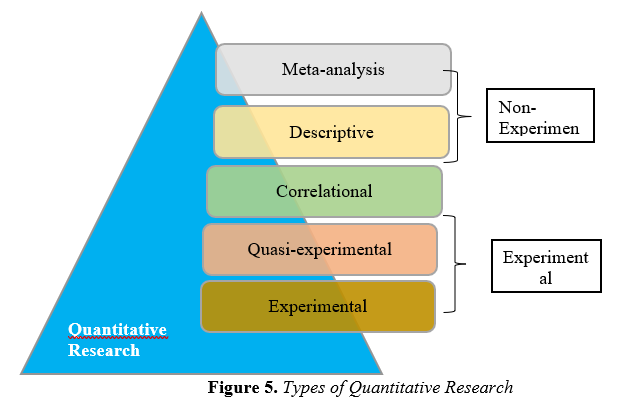
Figure 5 shows the types of quantitative research methods. Descriptive Research: Aims to explain phenomena through the collection, organization, presentation and interpretation of data. Experimental Research: Aims to manipulate the interaction between independent and dependent variables to determine causal relationships. Correlational Research: Aims to evaluate relationships between variables but does not establish a causal relationship. Quasi-Experimental Research: Rather than providing all the controls of experimental research, it is conducted with a slightly looser level of control, so it is a transitional type between correlational and experimental research. Quantitative research is a way to test objective theories by examining the relationship between variables. Meta-analysis is a statistical method that aims to bring together the results of similar studies in a research field and reach more reliable results. These variables, in turn, can typically be measured, usually on instruments, so that numerical data can be analyzed using statistical procedures. The final written report has a specific structure consisting of introduction, literature and theory, methods, results, and discussion sections.
Mixed methods research is an approach to inquiry that combines or associates both qualitative and quantitative forms. It involves philosophical assumptions, the use of qualitative and quantitative approaches, and the mixing of both approaches in a study. Thus, it is more than simply collecting and analyzing both kinds of data; it also involves the use of both approaches in tandem so that the overall strength of a study is greater than either qualitative or quantitative research (Creswell & Plano Clark, 2007). In Table 6, Abeza, et. al. (2015)’s table modified from Creswell and Plano-Clark’s studies, contains main characteristics of different kinds of mixed research designs and their specific requirements were given. Researchers should choose their research methods in terms of the nature of their research, their own data usage tendencies, analyzing choices, and the way they design the process.
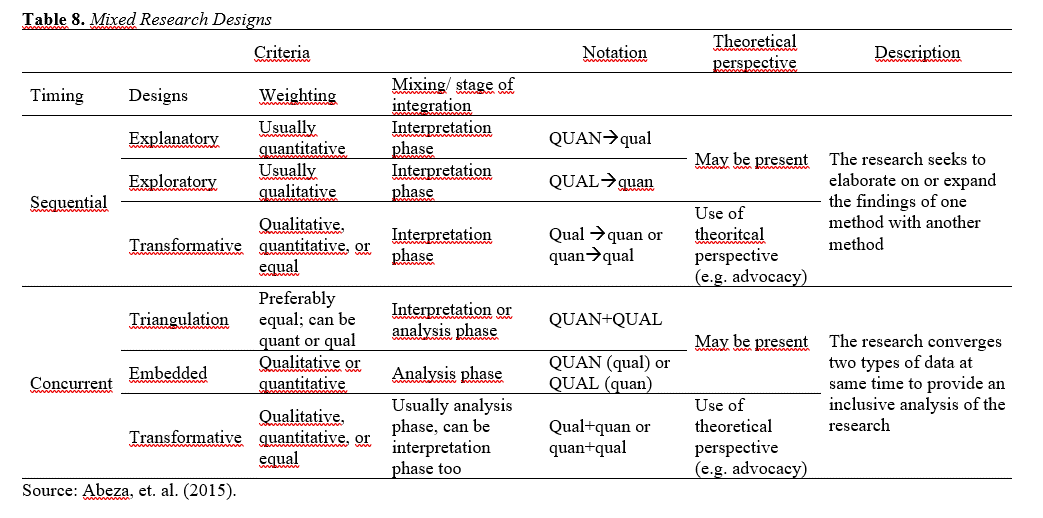
Table 6 contains the main characteristics and specific requirements of different types of mixed research designs. Researchers should choose research methods based on the nature of their study, their own data use tendencies, their analysis choices, and the way they design the process. The table covers sequential and concurrent mixed research designs, their theoretical perspectives, timing, weighting, and integration stages. These designs provide researchers with a framework for planning and designing their studies and offer solutions tailored to different research needs.






